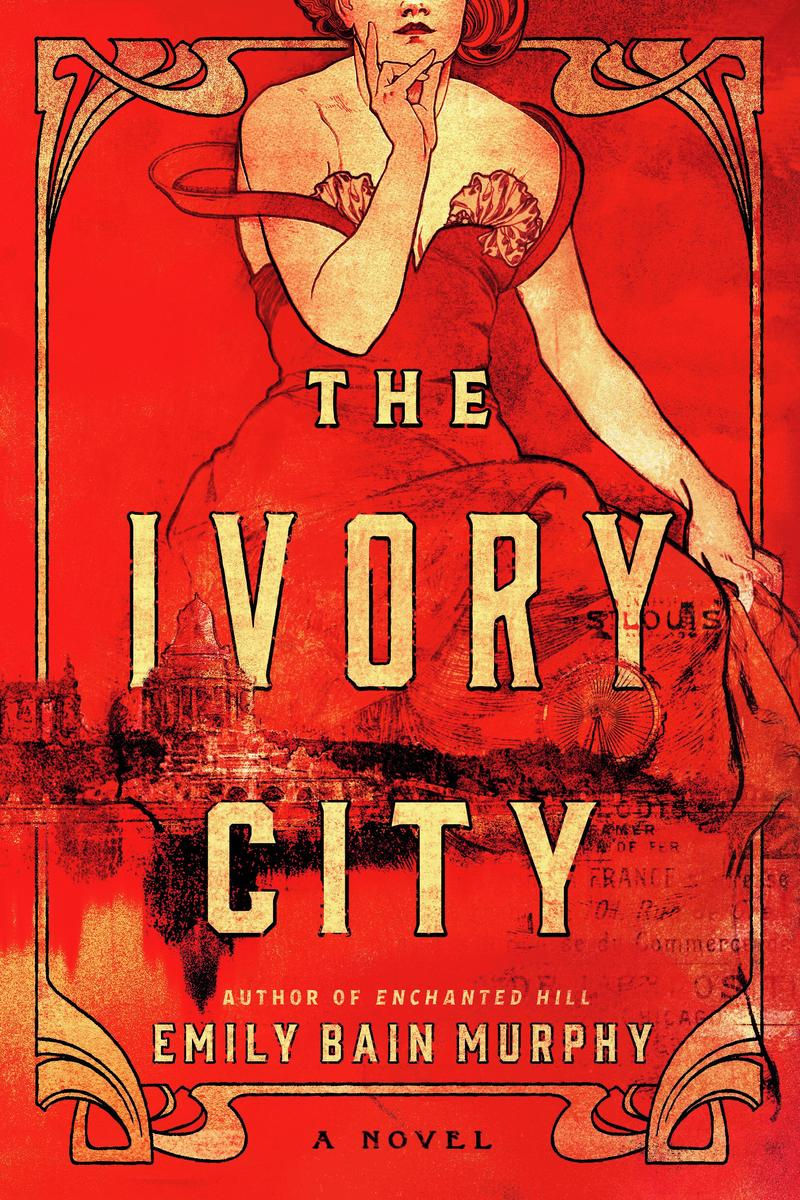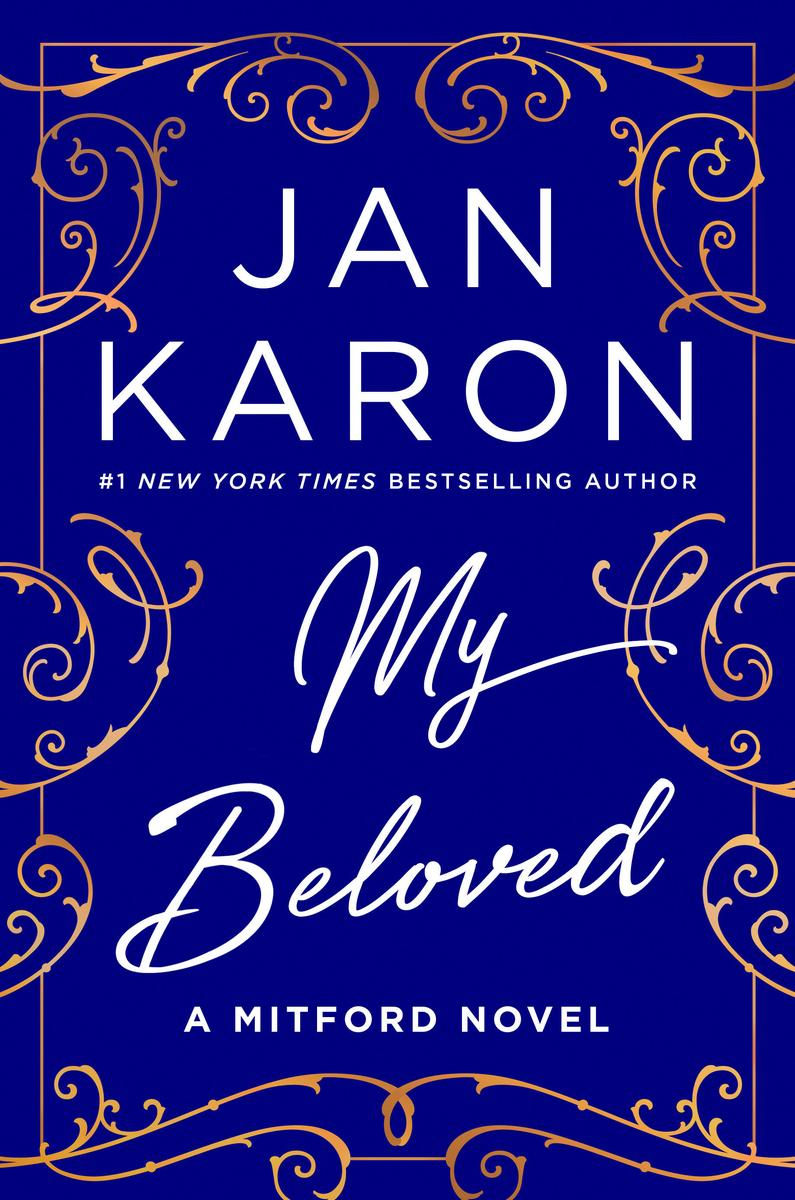"Dinner with the President," Reviewed by Bill Schwab
- cstucky2

- Apr 9, 2023
- 3 min read
Alex Prud’homme’s entertaining and often surprising book, “Dinner with the President: Food, Politics, and a History of Breaking Bread at the White House” welcomes readers into the White House kitchen to discuss the individual culinary preferences of 26 U.S. presidents and their relationships with White House chefs. The author also demonstrates how food choices can communicate political power and influence and serve as a symbol of a nation.
The fascinating narrative describes the recorded diets of those elected to sit in the Oval Office. In general, Prud’homme depicts the taste preferences of presidents as becoming more sophisticated over time. He contrasts details of George Washington’s grim meals eaten at Valley Forge in 1777 with Joe Biden’s craving for chocolate chip ice cream today. The reader learns about Lincoln’s meager diet of eggs and black coffee during the Civil War, the squirrel stew savored by Eisenhower, the jelly beans and enchiladas made famous by Ronald Reagan, the vegan diet of Bill Clinton, and the healthy arugula relished by Obama. The author not only reports what these leaders ate but why they ate it and what that particular choice reveals about the history of the U.S. during their terms in office.
Prud’homme maintains that food has been deliberately used as a way to bring opposing parties together, wield power, and strengthen international friendships. Some of the most significant events in U.S. history have involved dinners. For example, Grant hosted King David Kalakaua of the Sandwich Islands (now Hawaii) at the first state dinner in the White House. The visit resulted in a treaty allowing sugar and rice from the islands to be imported by the U.S. tax-free.
Teddy Roosevelt broke a racial barrier by inviting Booker T. Washington for dinner. A picnic with hot dogs and beer was served when King George VI and his wife Elizabeth visited FDR at Hyde Park in 1939. After the meal, the heads of state talked politics which helped shift Americans’ views to support Britain’s war efforts. Richard Nixon hosted magnificent banquets in China that were planned to thaw the frozen U.S.—China relationship during the Cold War and Jimmy Carter's southern cuisine at Camp David served up detente between Israel and Egypt.
“As a political and diplomatic tool, it [a meal with the president] provides a high-visibility platform from which the American president and his guest can present their narratives to domestic and global audiences. An invitation to dine with the president is rare and confers status on his guest; it sends a message to the world that the guest nation is to be reckoned with; and it sends a similar message inward, to the guest’s domestic audience.”
I found this book about the power of the palate to be well-researched and engaging. I enjoyed it for its history, description of foods, trivia, and commentary. “Nothing is more political than food. Nothing.” This quote from Anthony Bourdain graces the first page of “Dinner with the President.” Prud’homme takes Bourdain’s assessment seriously and proves the celebrity chef’s point in this compelling read.
The book ends with several presidential recipes including Martha Washington’s Preserved Cherries; Thomas Jefferson’s Salad with Tarragon Vinegar Dressing; Jackson’s Inaugural Orange Punch; Lincoln's Gingerbread Men; Taft’s Billi Bi (Mussel Soup); Wilson's “Healthy Breakfast” of two raw eggs dropped in grape juice; Franklin Roosevelt’s Reverse Martini; and Jimmy Carter’s Grits. The recipes challenge the reader to take a risk and personally try some historic White House cuisine.
About the Author: Alex Prud’homme is a freelance writer whose work has appeared in “The New York Times,” “The New Yorker,” and other publications. He is a co-author of Julia Child's memoir, “My Life in France” and has authored or co-authored several other books. Prud’homme’s great-aunt was Julia Child. “I was raised in a family of cooks where history and politics were often debated at the time—and led me, almost inevitably, to write this book.”

.png)





Comments